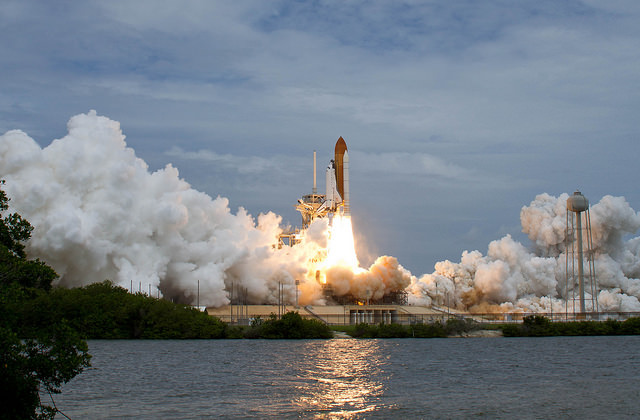One of the obstacles to long space missions is the muscle loss that astronauts suffer from. It’s called atrophy, and NASA says that astronauts can lose up to 20% muscle mass during missions of only 5 to 11 days. This muscle loss affects what are called “anti-gravity muscles,” including calf muscles, the quadriceps and the muscles of the back and neck.
This muscle loss makes it hard for astronauts to complete their tasks, especially when missions to Mars happen. It can also be very dangerous to astronauts, because they’re weakened when they return to Earth. If there are problems during re-entry, and they need to perform any strenuous emergency procedures, that missing muscle could be the difference between life and death.
Continue reading “New Ideas to Reduce Muscle Loss During Spaceflight”

